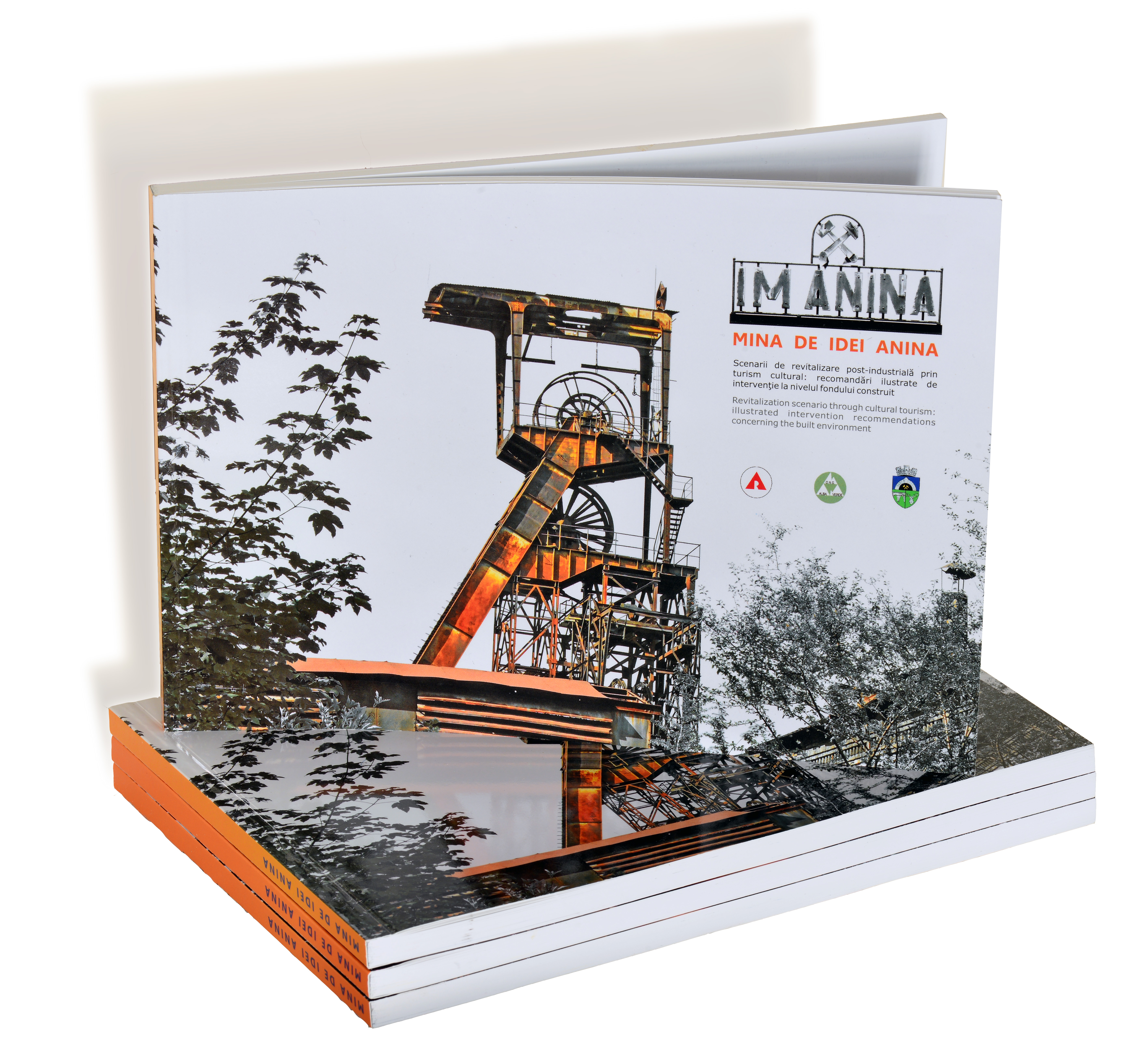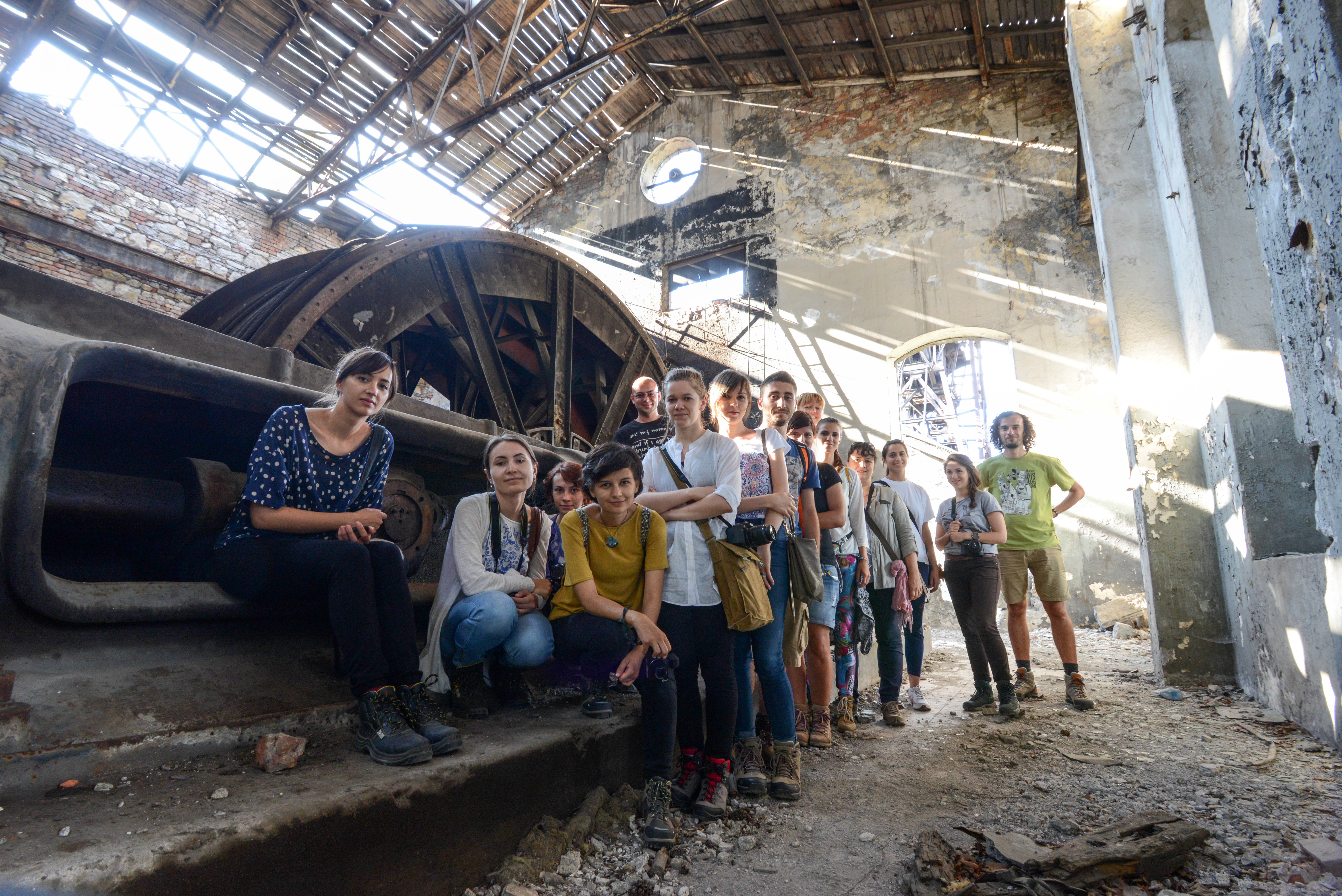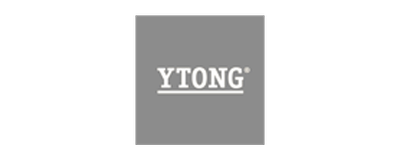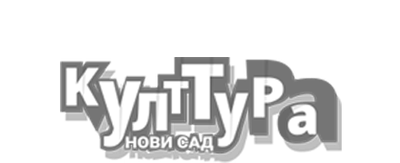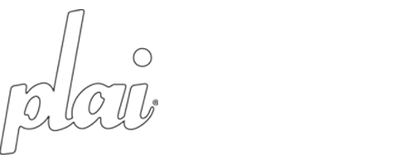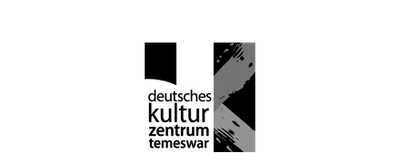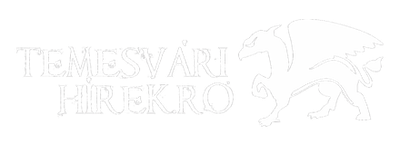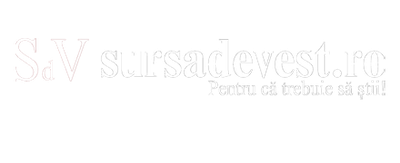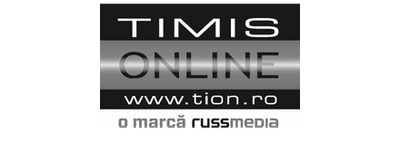Profesia
Arhitect
Co-autori
arh. Ovidiu Micsa, arh. Gabriela Pascu
Birou de arhitectură
Asociatia culturala "Alba Verde"
Colaboratori (membri ai echipei):
urb. Alexandru Damian, urb. Laura Damian, arh. stag. Adrian Dumitru, arh. stag. Mihai Veg, arh. urb. Irina Rotaru, sociolog Simona Zărnescu, arheolog Călin Şuteu
Colaboratori externi:
dr. arh. Irina Iamandescu, conf. dr. ing. Mioriţa Ungureanu, dr. ing. Francesco Carlo Toso, dr. arh. Diana Belci, Mark Watson, dr. arh. Irina Tulbure, dr. Mara Mărginean, fotografii Paolo Mazzo şi Samuele Piccoli, antropolog Michele Colleto, arh. Valentin Meteş, Visual SKIN (arh. Virgiliu Guralic, arh. Alexandra Suciu)
Location:
Anina (Jud. Caras Severin)
Client:
Comunitatea din Anina
Buget:
Variabil in functie de editie.
Text de prezentare a lucrării:
„Anina, Mine of Ideas” is the name given to a series of events organised by Alba Verde Association starting from May 2014, with the aim of enabling the rekindling of the local identity, as well as encouraging the economic, social and cultural regeneration of the post-industrial town of Anina.
Anina is currently not just a reference point in the industrial history of Banatul Montan, but it is also a special case of the socialist utopia (Crivina plant), a touristic reference point with tradition in the area (Sommerfrische), and a haven for the world-wide palaeontologists (The Bones Cave or The Dwarfs Dinosaurs). Anina is best known for its long tradition in the mining field which directly influenced the development of the settlement, community and its urban life. As of today, this reality is challenged by the closing of the mine occurred in 2007. Although now it may seem to many a mere relic with no future, Anina is characterised by the juxtaposition of elements belonging to several different identities. The number of “officially recognized” industrial testimonies is a real record in the Romanian context: 49 buildings and sites on the List of Historical Monuments, 2015.
The cultural project has arrived to its third edition in 2016, with a series of initiatives branching through three different courses:
1) The industrial heritage workshops aiming at the research and education in the field, and targeting both architectural students and the local community;
2) Endorsement workshops were part of a larger project of involvement of the local community through activities of acknowledgement of the local patrimonial values such as public debates, branding workshops, or video-mapping projections;
3) Promotion activities through exhibitions, international publications, and guided tours.
The industrial landscape is under the threat of disappearing both for its tangible and intangible components, with this phenomenon occurring at a faster pace than the shift in mentalities and ethical approach of the built environment. Therefore, the project’s activities try to create and shape a qualitative attitude appropriated both by the local community and specialists, with the assumption of a specific methodological approach of the industrial legacy.

